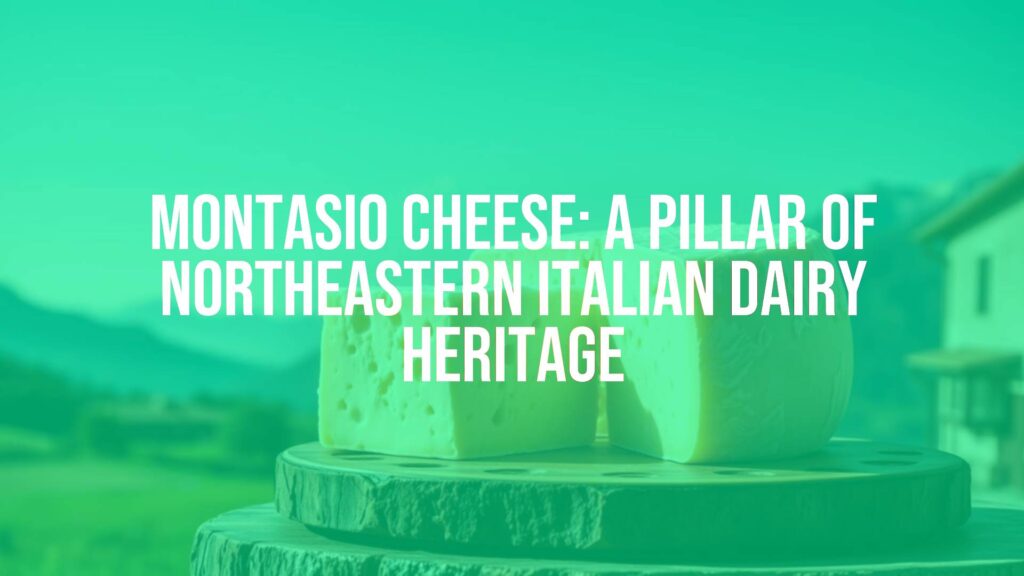Introduction to Montasio Cheese
Montasio is a celebrated semi-hard cheese hailing from the northeastern Italian regions of Friuli Venezia Giulia and Veneto. Well-known among cheese aficionados for its nuanced flavor and versatility, Montasio is protected by the Denominazione d’Origine Protetta (DOP) status, ensuring its authenticity and strict adherence to traditional methods. The cheese is named after the Montasio plateau, a picturesque area nestled in the Julian Alps where its legacy began.
Distinctive Features and Flavor Profile
Montasio stands out with its pale yellow color, smooth yet firm texture, and a thin, natural rind. The cheese’s character shifts notably with age: when young (fresco), it is mild, creamy, and slightly nutty, making it enjoyable even to those new to aged cheeses. As it matures (mezzano or stagionato), flavors deepen into sharper, more robust, and savory notes, with a texture that becomes crumbly and granular. This progression allows Montasio to appeal to a range of palates and culinary uses.
Historical Roots and Cultural Significance
Montasio’s story weaves through Italian history, with its earliest documented references dating back to the 13th century. Monastic communities on the Montasio mountain are credited with refining its production, passing on expertise to generations of cheesemakers. Today, Montasio represents regional pride and enduring tradition, often featured in local festivals and family gatherings as a symbol of Friulian and Venetian gastronomic identity.
Production Practices and Aging
Authentic Montasio is made from cow’s milk sourced from local herds. The curds are cooked in large vats and gently pressed before being shaped into wheels. A delicate brining process follows, helping to form the rind and develop flavor. The cheese wheels are then aged for periods ranging from two months to over a year, depending on the intended result, and are regularly turned to ensure uniform maturation. Only cheese produced under certified conditions in designated areas can carry the Montasio DOP label.
Traditional Enjoyment and Pairings
In its places of origin, Montasio is a cornerstone of both rustic and refined tables. Young Montasio is often sliced or cubed as part of antipasti platters, pairing seamlessly with crisp white wines such as Pinot Grigio or Friulano. Matured varieties are grated over pasta, risotto, or polenta, imparting depth and richness. A signature regional dish is frico, a savory cheese crisp or pancake made primarily with Montasio and potatoes or other vegetables.
Serving Suggestions and Tips
To fully appreciate Montasio’s flavor and aroma, it is best served at room temperature. Try including both young and aged examples on a cheese board to showcase their contrasts. For wine matching, young Montasio pairs well with lighter whites, while older wheels complement fuller-bodied reds or local craft beers. The cheese’s versatility also makes it suitable for melting in sandwiches, enhancing vegetable gratins, or as a flavor booster in soups.
Regional Variations and Local Pride
Montasio’s expression can subtly vary between provinces, influenced by seasonal changes in the cows’ diet and traditional tweaks among cheesemakers. In Friuli Venezia Giulia and Veneto, the cheese is often seen at both everyday meals and festive occasions, attesting to its broad appeal and importance. Producers and locals alike take great pride in Montasio, regarding it not only as a product but as a living testament to their shared culinary heritage.

